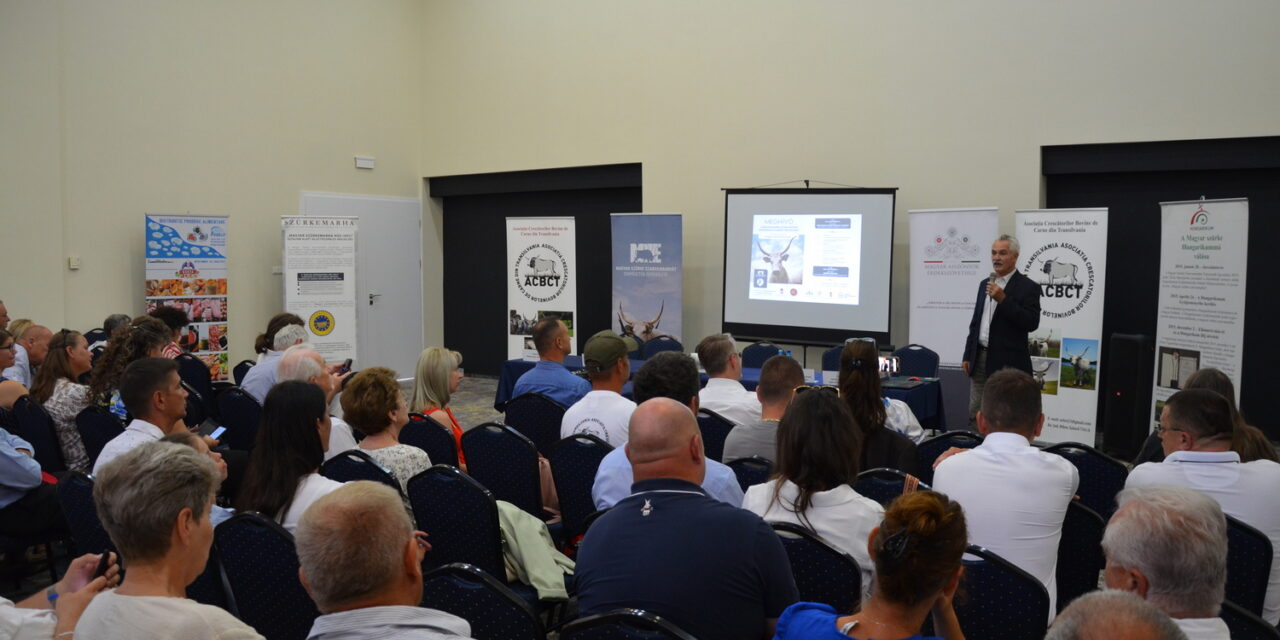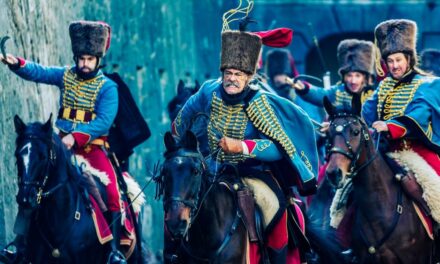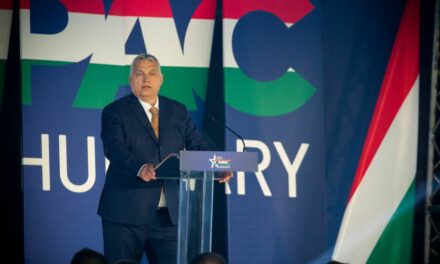The International Conference on Hungarian Gray Cattle in the Carpathian Basin was held for the sixth time between August 25 and 27, 2023. This year, the location of the event was Nagyvárad.
By launching the series of programs, the initiators, the Hungarian Gray Cattle Breeders' Association and the Hungarian Women's Interest Association, aimed to promote one of the indigenous breeds of the Carpathian Basin, the Hungarian gray cattle, and the Hungarikums. Also, the knowledge and good practices accumulated by the members of the Hungarian Gray Cattle Breeders' Association are passed on to domestic, highland, subcarpathian, southern and Transylvanian breeders.
The main objectives of this year's event were to discuss issues affecting current and future problems, the main pillars of the new CAP, an overview of the most important tasks needed to improve competitiveness and subsidies for farmers. It was also an important goal for the participants of the sector to have the opportunity to build relationships during the informal discussions, which will be the basis for future international professional collaborations.
This year's event was sponsored by dr. Minister of Agriculture István Nagy undertook it.
It was worth visiting the conference, as the visitors could get to know not only Hungarian products and local values, but also the indigenous Hungarian gray cattle breed, and gain an insight into the life and daily work of Hungarian family farmers in Hungary and across the border.
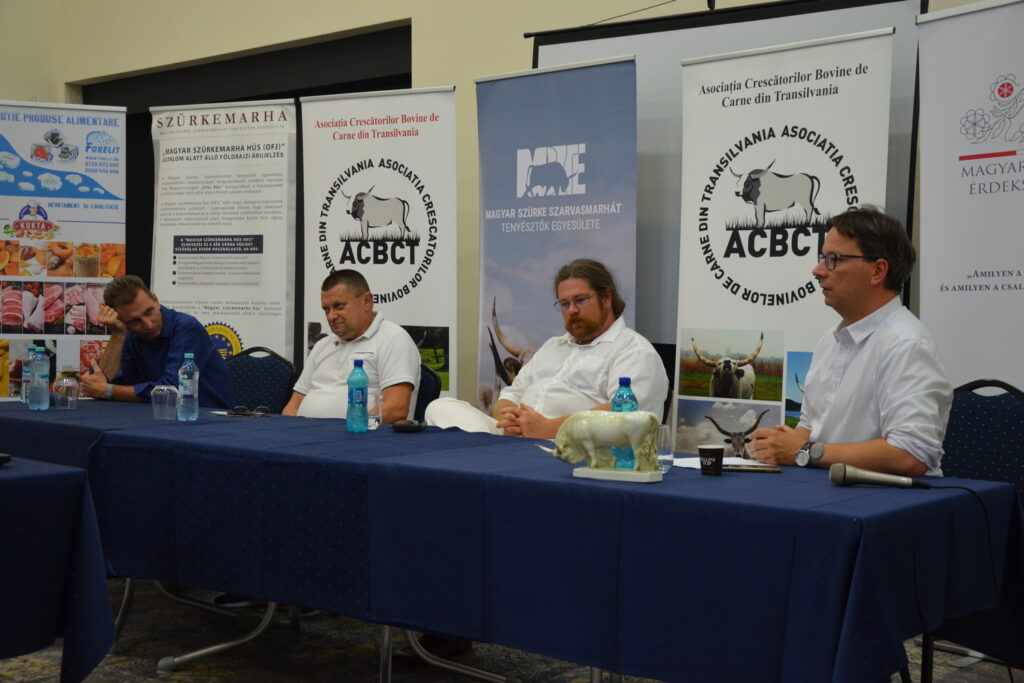
After the presentations, the representatives of the different countries shared their thoughts at the round table discussion
The moderator of the event was Kinga Szőnyi, the president of the Association of Hungarian Women's Interests. The day was opened by Géza Nagy, the president of the Hungarian Gray Cattle Breeders' Association, and then József Guba, the president of the Transylvanian Cattle Breeders' Association (ACBCT), welcomed the representatives of the agricultural sector from the four countries, the Hungarikums, the agrárium, and the guests interested in Hungarian gray cattle . He told me that
a year ago, the owners of Hungarian gray cattle in Transylvania decided to unite and found an association to protect the preservation of the breed. Hungarian gray cattle are perfectly adapted to the local farming conditions.
The series of lectures was started by Ödön Szabó, a representative of the RMDSZ, who told about the treasures of Bihar county and introduced county, regional and settlement values to the audience, which were included in the register of the local treasure house. As an interesting point, he mentioned the sayings of Micki, which were also included among the local values. The second speaker was Edit Kovács, a member of the Association of Transylvanian Beef Breeders. He graduated this year from the animal husbandry department of the University of Cluj, and as his diploma thesis he made a comparison between a Hungarian gray cattle breeding in Hungary with a similar number of employees and their own herd, which he presented with pictures and feed and sales calculations. He was followed by Miklós Nagy, the president of the Association of Vojvodina Agricultural Associations, who reported on the current cattle population in Serbia, the fodder situation there, and the difficulties affecting farmers. He talked about Serbia's planned accession to the European Union and its expected impact on Hungarian farming families in Serbia. Our fourth speaker, Artúr Bergendi, is a board member of the Slovak Cattle Breeders' Association, who reported on the effects of the new CAP, as well as the number of Slovak livestock and problems affecting local livestock farmers. He was followed by dr. Csilla Józsa is the NÉBIH's laboratory representative. He gave a lecture on DNA-based parentage verification work. He presented the distance between cattle breeds, cow families, and genetic lines in a three-dimensional image. He informed the audience about their technical equipment and modern testing possibilities, as well as their positive and negative effects. The list of speakers was rounded off by Imre Borics, specialist consultant of the Hungarian Gray Cattle Breeders' Association, who told about the history of Hungarian gray cattle, from the beginning to the present day.
After the performances, the
representatives of different countries shared their thoughts at a round table discussion, the theme of which this year; it was "Experiences of the new EU agricultural support system in the Carpathian Basin".
Under the moderation and leadership of consultant Dr. Dávid Mezei, Hungarian and foreign experts discussed the future of European Union subsidies, changes and subsidies in some EU countries affecting cattle farmers. Hungary by dr. Dezső Motika, agricultural lawyer, Slovakia was represented by Artúr Bergendi, board member of the Association of Slovak Beef Cattle Breeders. From Romania, Transylvania, Stefan Marius, a representative of the Bihar County Chamber of Agriculture, joined the discussion. During the conversation, we were able to learn about the agricultural policy of each country, the various support systems, and the current situation of those working directly in agriculture.
Conference participants could not only listen to lectures and discussions, but also build important relationships.
At the end of the event, the participants took a bus to visit Nagyvárad castle, which Gábor Bethlen, after his election as prince, began to build on the site of the medieval bishop's castle. They listened to interesting stories about the origin and history of the place, the legends and beliefs associated with it, and then saw the statue of St. László standing in the courtyard. After visiting the castle, the participants continued by bus to the farm of József Guba, the president of the Transylvanian Beef Breeders' Association, where they could gain an insight into gray cattle breeding and the local husbandry technology. He told how he started breeding gray cattle, how he met the Association of Hungarian Gray Cattle Breeders. He spoke about the difficulties and fodder situation of Transylvanian cattle farmers.
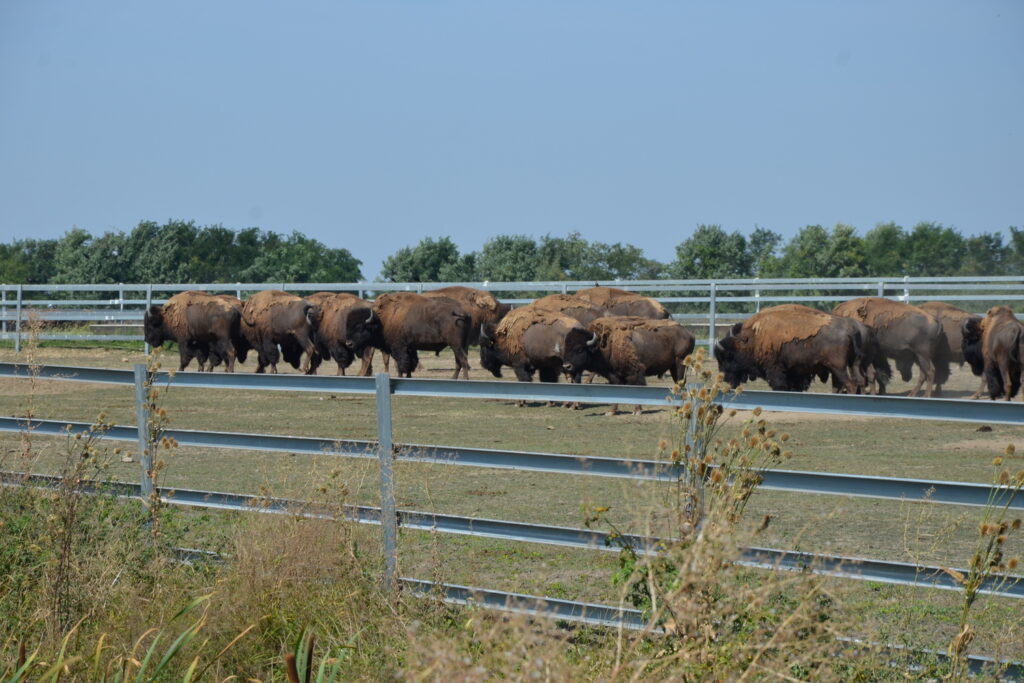
the participants visited the bison reserve in Nagyszalonta
At the end of the evening, the team continued by bus to Szalárd, where they could listen to a performance by Mónika Sáfár, the Jászai Mari award-winning artist, during a gala program organized by the Association of Hungarian Women's Interests, during a celebratory dinner combined with a wine tasting.
The next day, the participants visited the bison reserve in Nagyszalonta, where they gained an insight into the daily life of the animals.
The audience learned that due to their huge size and ferocity, they minimize contact with the caretaker, and because of this, a complete pen system was created with a handling corridor reinforced with concrete elements and sorting gates. The animals are sold alive, cut in half or as butcher's goods, and ready-made products are made from them, such as hamburger meat patties, which are mostly baked at the Austrian Octoberfest.
We are sure that those who participated in this year's conference not only gained new information, but also returned home with unforgettable experiences from the three-day trip to Nagyvárad. We hope that next year we will be able to welcome at least as many enthusiastic breeders and interested parties to the "VII. Hungarian Gray Cattle in the Carpathian Basin at the International Conference".

